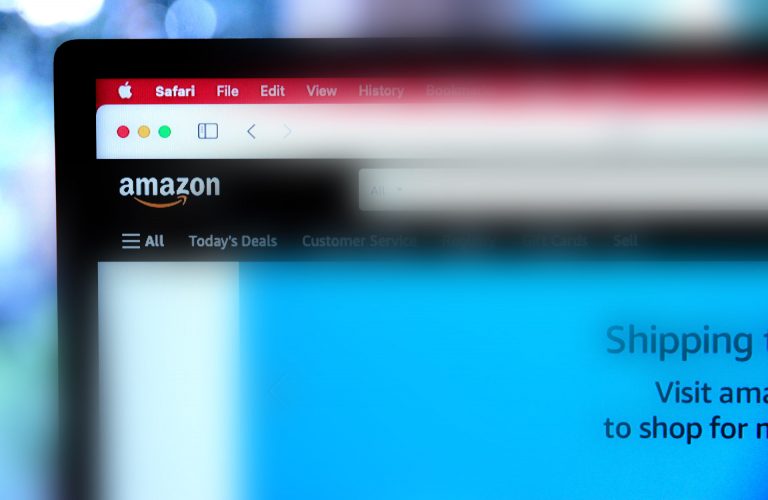We are truly living in the modern world. Think of all the TV shows and movies from yesteryear which predicted the modern world, and how we today have eclipsed even those lofty ideas. How quickly the future became the present. The business and marketing landscape, and specifically digital, is at the forefront of these futuristic tools, allowing businesses to be truly in touch with what their customers are doing and how they are doing it.
Web scraping is a popular tool for those in the know and has allowed many to tap into unchartered waters and extract that missing information we have long made assumptions about. If you are new to web scraping or weighing up its worth, here is how it is an under-appreciated tool in your digital arsenal and ways you can implement its insights.
Firstly, what is web scraping?
Web scraping goes by a few different names (data extraction, web harvesting, web data scraping), but it is one single tool and strategy. Web scraping is the act of manually or automatically crawling the web to gather data and dump it in a central database or spreadsheet for analysis. Essentially the crawler fetches pages for extraction and then searches these pages for key data qualifiers like phone numbers, emails, keywords and other data points. Whatever you need to know, you can scrape it. It’s typically used for eCommerce businesses who are looking to scrape competitors to learn the price comparison, product reviews and listing quantities. Web scraping is most commonly used to scrape eBay, Amazon and Craigslist – but you can scrape many other platforms.
Web scraping eliminates guesswork, uncovering real customer data
It’s a wonder that more businesses aren’t embracing web scraping with the data able to uncover so many valuable insights. In fact, this tool wouldn’t only interest marketing teams as each professional could benefit from a deeper understanding of their core customer. Uncover the buying behaviour, search terms, and demographics of your audience and stop throwing money against the wall on a campaign that may or may not work. Imagine what your campaigns would look like when you have an exact customer you are communicating with, and understand what they are willing to pay and how they search for it.
Web scraping can inform future product development
Web scraping isn’t just a tool you can use retrospectively, you can also use it to inform the future. Before you plan your future product lines, invest in some web scraping and start your project with a clear vision of who your customer is, where they buy from, what they search and how much they are willing to spend. When you think about the fact that there are whole teams and professionals committed to this area, web scraping seems like an easier and cost-effective way to achieve the same insights.
Find and leverage the right contacts
Forget about products for a moment, because web scraping also gives you a way of finding the contact details of the people you are looking for. Whether you are hoping to deliver a sales pitch to these contacts, include them in research, or even looking for new talent within your team – web scraping is the way to get it done. If your sales efforts are falling flat, it could be time to explore LinkedIn scraping to get a more accurate capture of the movers and shakers in your niche.
It’s a lot to take in but web scraping does sound a lot more complex than what it really is. Simply think of it as a way to tap into the backend, and extract the data that can serve you and your business.










